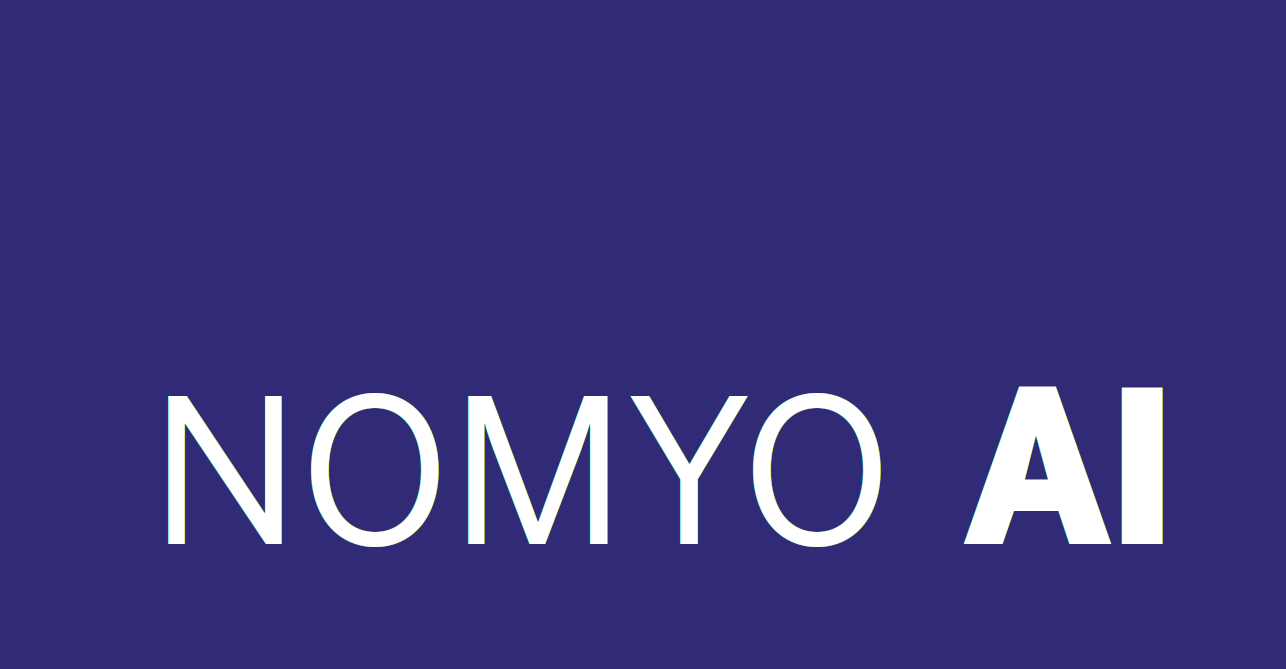By teammate, alpha-nerd October 9, 2025
The non-trivial tasks to solve to achieve AGI
As we discussed previously in our blog post series about AGI, we might not be able to understand exactly the moment when AGI is achieved, because we might not be able to recognize AGI due to it’s possibly way different nature. We also discovered that we need to do things differently as AGI will not just spawn from a pre-trained model even if it is the biggest model in the world (not taking into account that training data is running out, too). We need to understand that AGI only can be achieved by mutiple, non-trivial, interconnected modules orchestrated in a way that allows Functionalism, Self Reflection and Attention.
Key components here are the
- orchestration layer
- dynamically organized memory
NOMYO LLC has quite a bit of understanding what it takes to create a functional orchestration layer. Our propietary orchestration layer for digital marketing optimization is already quite complex and even allows to optimize for 2 contrary goals to being optimized at the same time, but an orchestration layer for an AGI is much more complex and requires additional features to support the afore mentioned requirements.
Your brain is made of billions of neurons, single cells that are interconnected with each other. While these interconnections form and stabilize while you learn a unique blueprint is being created in order to solve the given task efficiently. This is equivalent to hardware.
You brain has different areas for different purposes. There are areas for viewing, hearing, motion, sensing, etc. Solving even seamingly simple tasks already require a combination of different areas in a coordinated way. Imagine to hammer a nail into a wall. You need motion, sight, sensing, planning to not hit a power line or water pipe. While this happens almost automatically - at least you are not aware of it - it requires an orchestrator to plan and execute the necessary steps in advance and in the correct order, which again requires experience and learning. Otherwise you might be hitting the wall with hammer, holding the nail afterwards will not lead to success.
An AGI needs to do this, too. So there needs to be careful planning before even orchestrating. The orchestrator is a crucial piece in execution, indeed, but how does a planning process can be initiated and from what? There are so many moving parts, how to put them into the correct order? If there are many ways to solve the task, how to selct the best option?
While thinking about this it seems the problem grows and gets even more complicated, with more options, more choices, even todays hardware is at it limits to solve for that in a mathematical way. So what are we going to do about this?
We need to simplify.
Every problem becomes easier to solve, when we simplify.
Example
Problem statement: How many trashcans exist in Manhattan?
First possible reaction: Uh, that must be many. Thinking about this: There are several ways to get an estimate number. Estimate from population, Estimate from observation, Estimate from rubbish collection volume, …
First thing to do: we need to make a decision on how we want to solve this! This might depend on our own observation, experience, knowledge or available data. Let’s decide for “Estimate from population” solver.
New question: How many people live in Manhattan?
First possible reaction: Uh, that must be many. Thinking about this: There are again several ways to get an estimate number…. I remeber about ~ 1.6mln people living in Manhattan. Let’s also consider, that a trashcan is associated to a household rather an individual.
New question: How many households exist in Manhattan?
First possible reaction: Uh, that must be many. Thinking about this: The rent is damn too high. Let’s make a guess to go for 2.5 individuals per household.
Solving for households: 1,600,000 people / 2.5 people per household = 640,000 households
Solving for trashcans: On average, each household might have 1 trashcan. Now estimate the Number of Trashcans in Public Areas: Manhattan is a densely populated urban area with many public spaces, streets, and parks. Let’s assume there are approximately 10,000 public trashcans. Now estimate the Number of Trashcans in Commercial Areas: Commercial areas such as shops, restaurants, and offices might have additional trashcans. Assuming there are about 50,000 commercial establishments, each with an average of 2 trashcans:
- 50,000 establishments x 2 trashcans per establishment = 100,000 trashcans
Summing Up:
- Household trashcans: 640,000
- Public trashcans: 10,000
- Commercial trashcans: 100,000
- Total trashcans: 640,000 + 10,000 + 100,000 = 750,000 trashcans
I don’t know the if the number is correct or if it is close, but it is an approximation that is reasonable.
So what have we done here to solve the task? We simplified the original ask to solve the task step be step. We call this a Fermi Problem. This is a powerful mechanisam to answer questions where you don’t know the answer or putting it in AGI terms: is not pre-trained.
An AGI needs to be able to solve tasks and answer questions that are not pre-trained. It needs to be able to assess what it knows about the world and can contribute to an unknown question. How the Fermi Principle helps to build an orchestrator and how a dynamically, growing and self-organising memory structure will support this effort will be discussed in one of the next AGI blog posts :)

